What does a raw diamond look like?
Raw diamonds are fascinating gemstones that have not undergone any cutting or polishing processes. They are formed deep within the Earth's mantle under intense pressure and high temperatures. In their natural state, raw diamonds exhibit unique characteristics such as natural color variations, clarity and inclusions, and a distinct crystal structure. Identifying raw diamonds requires specialized equipment and the examination of physical properties, with certification playing a crucial role. The value of raw diamonds is determined by their rarity and scarcity, market demand, and various gemological factors. Finally, the cutting and polishing process transforms raw diamonds into dazzling gems, enhancing their brilliance and sparkle.
Key Takeaways
- Raw diamonds are formed deep within the Earth's mantle under intense pressure and high temperatures.
- They exhibit unique characteristics such as natural color variations, clarity and inclusions, and a distinct crystal structure.
- Identifying raw diamonds requires specialized equipment and the examination of physical properties.
- Certification is important in determining the authenticity and quality of raw diamonds.
- The value of raw diamonds is influenced by their rarity, market demand, and various gemological factors.
The Formation of Raw Diamonds
The Geological Process of Diamond Formation
Diamonds are formed deep within the Earth's mantle, under extreme pressure and temperature conditions. The process begins when carbon-rich materials, such as organic matter or graphite, are subjected to intense heat and pressure. Over millions of years, these materials are transported to the Earth's surface through volcanic activity.
During this journey, the carbon atoms rearrange themselves into a crystal lattice structure, resulting in the formation of diamonds. The unique combination of pressure and temperature is crucial for the creation of these precious gemstones.
Table: Stages of Diamond Formation
| Stage | Description |
|---|---|
| 1 | Carbon-rich materials are subjected to intense heat and pressure |
| 2 | Materials are transported to the Earth's surface through volcanic activity |
| 3 | Carbon atoms rearrange into a crystal lattice structure |
| 4 | Diamonds are formed |
Note: The stages mentioned above are simplified and may vary in reality.
Tip: The geological process of diamond formation takes millions of years and requires specific geological conditions. This is why diamonds are considered rare and valuable.
The Role of Pressure and Temperature
The role of pressure and temperature in the formation of raw diamonds is crucial. Diamonds are formed deep within the Earth's mantle, where intense heat and pressure create the perfect conditions for diamond crystallization. The immense pressure, combined with temperatures reaching over 2,200 degrees Fahrenheit, causes carbon atoms to bond together in a unique arrangement, forming the crystal lattice structure of a diamond.
This process takes millions of years and occurs at depths of around 90 to 120 miles below the Earth's surface. The extreme pressure and temperature conditions are necessary for the carbon atoms to rearrange and form the strong, durable bonds that give diamonds their exceptional hardness and brilliance.
The relationship between pressure and temperature is delicate and precise. Even a slight variation in these factors can significantly affect the quality and characteristics of the resulting diamond. Therefore, understanding and controlling the role of pressure and temperature is essential in the diamond mining and manufacturing processes.
The Impact of Volcanic Activity
Volcanic activity plays a crucial role in the formation of raw diamonds. When a volcano erupts, it brings diamonds from deep within the Earth's mantle to the surface. The intense heat and pressure created during volcanic eruptions are responsible for the formation of diamonds. Magma, which is molten rock, carries diamonds to the surface through volcanic pipes. These pipes are vertical channels that connect the Earth's mantle to the surface.
Once the magma reaches the surface, it cools and solidifies, forming volcanic rocks known as kimberlites and lamproites. These rocks contain diamonds and other minerals that are brought up from the mantle. Kimberlites are the most common type of volcanic rock associated with diamond deposits.
The presence of volcanic activity is a key indicator for diamond exploration. Geologists and diamond miners study volcanic rocks and the surrounding areas to identify potential diamond-bearing deposits. By understanding the impact of volcanic activity, experts can locate and extract raw diamonds more effectively.
Characteristics of Raw Diamonds
The Natural Color Variations
Raw diamonds exhibit a wide range of natural colors, ranging from colorless to shades of yellow, brown, and even rare colors like blue and pink. The color of a raw diamond is determined by the presence of impurities and structural defects within the crystal lattice. Colorless diamonds are highly valued for their purity and brilliance, while fancy colored diamonds are prized for their unique and vibrant hues.
- Colorless diamonds are the most sought after and are often used in engagement rings and other high-end jewelry.
- Yellow and brown diamonds, also known as champagne and cognac diamonds, are more common and are often used in fashion jewelry.
- Blue and pink diamonds are extremely rare and are considered some of the most valuable and coveted gemstones in the world.
It is important to note that the color of a raw diamond can be enhanced through various treatments and enhancements, such as irradiation or high-pressure high-temperature (HPHT) treatment.
The Clarity and Inclusions
Raw diamonds, unlike their polished counterparts, often contain inclusions or internal flaws. These inclusions can range from tiny crystals to fractures and are a result of the intense pressure and heat during the diamond's formation process. They are unique to each diamond, much like a fingerprint, and can sometimes affect the diamond's clarity.
The clarity of a raw diamond is determined by the number, size, nature, and position of these inclusions. It's important to note that not all inclusions are considered flaws. In fact, some inclusions can enhance the diamond's unique beauty and character.
Here's a simple guide to understanding the clarity grades of raw diamonds:
| Clarity Grade | Description |
|---|---|
| Flawless (FL) | No inclusions visible under 10x magnification |
| Internally Flawless (IF) | No inclusions, only blemishes are visible under 10x magnification |
| Very, Very Slightly Included (VVS1 and VVS2) | Inclusions are difficult to see under 10x magnification |
| Very Slightly Included (VS1 and VS2) | Inclusions are clearly visible under 10x magnification, but can be characterized as minor |
| Slightly Included (SI1 and SI2) | Inclusions are noticeable under 10x magnification |
| Included (I1, I2, and I3) | Inclusions are obvious under 10x magnification and may affect transparency and brilliance |
Tip: When examining a raw diamond, use a jeweler's loupe or a microscope to inspect for inclusions. Remember, the presence of inclusions doesn't necessarily diminish the value of the diamond. It's the balance between all the gemological factors that determines a diamond's worth.
The Unique Crystal Structure
Raw diamonds have a unique crystal structure that sets them apart from other gemstones. The crystal lattice of a diamond is composed of carbon atoms arranged in a cubic structure. This structure gives diamonds their exceptional hardness and durability. The arrangement of carbon atoms also contributes to the diamond's optical properties, such as its ability to reflect and refract light. The crystal structure of a diamond plays a crucial role in determining its overall quality and value.
In addition to their crystal structure, raw diamonds may also exhibit various internal and external features. These features, known as inclusions and blemishes, can affect the diamond's clarity and appearance. Inclusions are internal imperfections, such as tiny crystals or fractures, while blemishes are external flaws, such as scratches or chips. The unique crystal structure of a diamond can sometimes trap these inclusions and blemishes, making each raw diamond truly one-of-a-kind.
When evaluating the quality of a raw diamond, gemologists consider both its crystal structure and the presence of inclusions and blemishes. These factors, along with other gemological characteristics, determine the overall grade and value of the diamond. It is important to note that the unique crystal structure of a diamond can only be fully appreciated when the diamond is cut and polished, revealing its true brilliance and sparkle.
Identifying Raw Diamonds
The Use of Specialized Equipment
When it comes to identifying raw diamonds, specialized equipment plays a crucial role. Gemologists and diamond experts rely on advanced tools to accurately determine the authenticity and quality of a diamond. One such tool is the diamond tester, which uses thermal conductivity to distinguish between real diamonds and imitations. Another important piece of equipment is the loupe, a magnifying glass that allows gemologists to examine the diamond's clarity, color, and inclusions in detail.
In addition to these tools, gemologists may also use spectroscopes to analyze the diamond's light absorption and emission properties, providing valuable insights into its composition. These specialized equipment help gemologists make informed decisions about the value and authenticity of raw diamonds, ensuring that consumers receive genuine and high-quality stones.
It is important to note that while specialized equipment is essential in the identification process, it is not accessible to the general public. Therefore, it is recommended to rely on certified gemologists and reputable diamond experts when purchasing raw diamonds.
The Examination of Physical Properties
When examining the physical properties of raw diamonds, gemologists look for several key characteristics. One important property is hardness, which is measured on the Mohs scale. Diamonds are the hardest known natural material, scoring a perfect 10 on the scale. This exceptional hardness makes diamonds resistant to scratching and gives them their durability.
Gemologists also assess the refractive index of raw diamonds. The refractive index determines how light is bent as it passes through the diamond. Diamonds have a high refractive index, which contributes to their brilliance and sparkle.
In addition, gemologists examine the dispersion of light in raw diamonds. Dispersion refers to the separation of white light into its spectral colors. Diamonds have a high dispersion, which is why they exhibit a beautiful play of colors, known as fire.
To accurately assess these physical properties, gemologists use specialized equipment such as microscopes, refractometers, and spectrometers. These tools allow them to measure and analyze the unique characteristics of each raw diamond.
The Importance of Certification
Certification is crucial when it comes to raw diamonds. It provides assurance and credibility to both buyers and sellers. A certified raw diamond has undergone rigorous testing by gemological experts who evaluate its quality, authenticity, and characteristics. This ensures that the diamond is natural and not a synthetic or treated stone.
Additionally, certification provides detailed information about the diamond's 4Cs - carat weight, color, clarity, and cut. This information is essential for determining the value and quality of the diamond. Buyers can make informed decisions based on the certification report, knowing they are getting a genuine and high-quality raw diamond.
When purchasing a raw diamond, always insist on a certified stone. This not only protects your investment but also gives you peace of mind knowing that you are buying a genuine and valuable gem.
Tip: Look for certifications from reputable gemological laboratories such as the Gemological Institute of America (GIA) or the International Gemological Institute (IGI).
The Value of Raw Diamonds
The Rarity and Scarcity
Raw diamonds are known for their rarity and scarcity in the market. These precious gemstones are formed deep within the Earth's mantle under intense pressure and heat over millions of years. Due to the complex geological processes involved in their formation, raw diamonds are not commonly found in large quantities. This limited supply contributes to their high value and desirability in the jewelry industry.
In addition to their natural scarcity, the rarity of raw diamonds is also influenced by their quality and characteristics. Factors such as size, color, clarity, and the presence of any unique features or inclusions can greatly affect their rarity. Diamonds that possess exceptional qualities and are free from imperfections are considered even more rare and valuable.
It is important to note that the rarity and scarcity of raw diamonds can vary depending on the specific type and origin. Some diamond mines produce higher quantities of raw diamonds compared to others, leading to differences in availability and market value.
The Influence of Market Demand
Market demand plays a crucial role in determining the value of raw diamonds. Buyers' preferences and trends in the jewelry industry greatly influence the prices of these precious gemstones. The demand for certain diamond shapes, sizes, and colors can fluctuate over time, affecting their market value.
Additionally, market demand is also influenced by cultural and societal factors. For example, diamonds may be highly sought after for engagement rings in some cultures, while in others, alternative gemstones may be preferred. These cultural preferences can impact the demand and subsequently the price of raw diamonds.
It is important for diamond traders and investors to stay informed about market trends and consumer preferences. By understanding the current market demand, they can make informed decisions about buying and selling raw diamonds, maximizing their potential profits.
The Role of Gemological Factors
Gemological factors play a crucial role in determining the value and quality of raw diamonds. These factors include color, clarity, cut, and carat weight. Each factor contributes to the overall beauty and desirability of a diamond.
Color: The color of a diamond is graded on a scale from D (colorless) to Z (light yellow or brown). Diamonds with a higher color grade are more valuable and rare.
Clarity: Clarity refers to the presence of internal and external flaws, known as inclusions and blemishes. Diamonds with fewer inclusions are considered more valuable and have better light reflection.
Cut: The cut of a diamond refers to how well it has been shaped and faceted. A well-cut diamond reflects light in a way that maximizes its brilliance and sparkle.
Carat Weight: Carat weight is a measure of a diamond's size. Larger diamonds are generally more valuable, but other factors like cut and clarity also influence the value.
The Cutting and Polishing Process
The Transformation from Raw to Polished
After the raw diamond is extracted from the earth, it undergoes a meticulous process to transform it into a polished gemstone. This process involves several stages, each requiring precision and expertise.
First, the raw diamond is carefully examined to determine its potential for cutting. Diamond cutters assess the diamond's shape, size, and internal characteristics to determine the best way to maximize its beauty and value.
Once the cutting plan is established, the diamond is shaped using specialized tools. The cutter carefully carves the rough diamond, taking into consideration its natural crystal structure and the desired shape. This step requires great skill and precision to ensure the diamond's facets are cut at the optimal angles to maximize its brilliance and sparkle.
After the shaping process, the diamond goes through the polishing stage. This involves using various abrasive materials to remove any remaining imperfections and create a smooth, reflective surface. The diamond is gradually polished, with each stage using finer and finer abrasives to achieve the desired level of brilliance.
Finally, the polished diamond is thoroughly inspected to ensure it meets the highest quality standards. It is examined for any remaining flaws or blemishes and undergoes a rigorous grading process to determine its clarity, color, and carat weight.
The transformation from raw to polished is a labor-intensive and time-consuming process, but it is essential to unlock the true beauty and value of a diamond.
The Skill and Expertise of Diamond Cutters
Diamond cutters are highly skilled artisans who play a crucial role in transforming raw diamonds into dazzling gems. Their expertise lies in their ability to unlock the true beauty and brilliance of a diamond through precise cutting and polishing techniques.
Precision is the key when it comes to diamond cutting. Cutters carefully analyze the raw diamond's shape, size, and internal characteristics to determine the best way to maximize its beauty. They make precise cuts to create facets that reflect and refract light, enhancing the diamond's sparkle and fire.
Attention to detail is another essential quality of diamond cutters. They meticulously examine each facet, ensuring that it is perfectly aligned and polished to perfection. Even the slightest deviation can affect the diamond's overall appearance and value.
To achieve the desired results, diamond cutters use a variety of specialized tools and equipment. These include diamond saws, lasers, and polishing wheels. Each tool is carefully selected and used with precision to shape and refine the diamond.
In addition to technical skills, diamond cutters also possess an artistic eye. They have a deep understanding of how to bring out the best in each diamond, taking into consideration its unique characteristics and potential. This artistic touch adds an extra level of beauty and personality to the finished gem.
Tip: When purchasing a diamond, it is important to consider the skill and expertise of the diamond cutter. A well-cut diamond will not only be more visually appealing but will also maximize the stone's brilliance and value.
The Enhancement of Brilliance and Sparkle
The cutting and polishing process is crucial in enhancing the brilliance and sparkle of a raw diamond. Diamond cutters use their skill and expertise to transform the rough, uncut diamond into a polished gemstone that reflects light in a mesmerizing way.
During the cutting process, the diamond is carefully shaped into facets, which are flat, polished surfaces that interact with light. The angles and proportions of these facets are meticulously calculated to maximize the diamond's ability to reflect and refract light, resulting in its brilliance and sparkle.
Additionally, diamond cutters pay close attention to the diamond's symmetry and polish. Symmetry refers to the alignment and balance of the diamond's facets, while polish refers to the smoothness and quality of the diamond's surface. Both symmetry and polish contribute to the diamond's overall appearance and play a significant role in enhancing its brilliance and sparkle.
In conclusion, the cutting and polishing process is a combination of artistry and science that brings out the true beauty of a raw diamond. Through careful shaping, facet placement, and attention to detail, diamond cutters create a gemstone that captivates with its brilliance and sparkle.
Conclusion
In conclusion, a raw diamond is a natural, uncut diamond that has not undergone any polishing or shaping. It is characterized by its rough and unrefined appearance, with a unique and distinct beauty. While raw diamonds may not have the same sparkle and brilliance as their polished counterparts, they possess a certain charm and allure that appeals to many. Raw diamonds are often used in unique and unconventional jewelry designs, showcasing their natural beauty and individuality. Whether you prefer the elegance of a polished diamond or the raw and organic appeal of a raw diamond, both have their own unique qualities that make them truly special.
Frequently Asked Questions
What is a raw diamond?
A raw diamond is an uncut and unpolished diamond that is in its natural state as it was found in the Earth.
How do raw diamonds form?
Raw diamonds form deep within the Earth's mantle under high pressure and temperature conditions over millions of years.
Are raw diamonds valuable?
Raw diamonds can be valuable, but their value depends on various factors such as size, quality, and market demand.
Can raw diamonds be different colors?
Yes, raw diamonds can come in a variety of colors, including white, yellow, brown, and even rare colors like blue and pink.
Are raw diamonds flawless?
No, raw diamonds often contain inclusions and imperfections, which give them their unique characteristics and can affect their clarity.
How are raw diamonds cut and polished?
Raw diamonds are cut and polished by skilled diamond cutters who shape the rough stone into a faceted gem, enhancing its brilliance and sparkle.
Best Sellers


















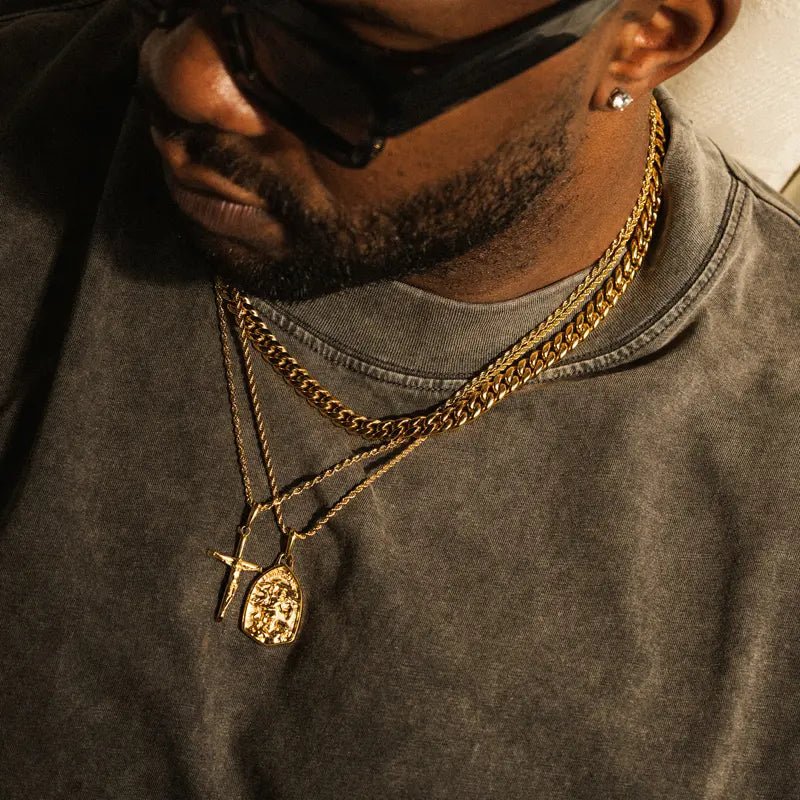







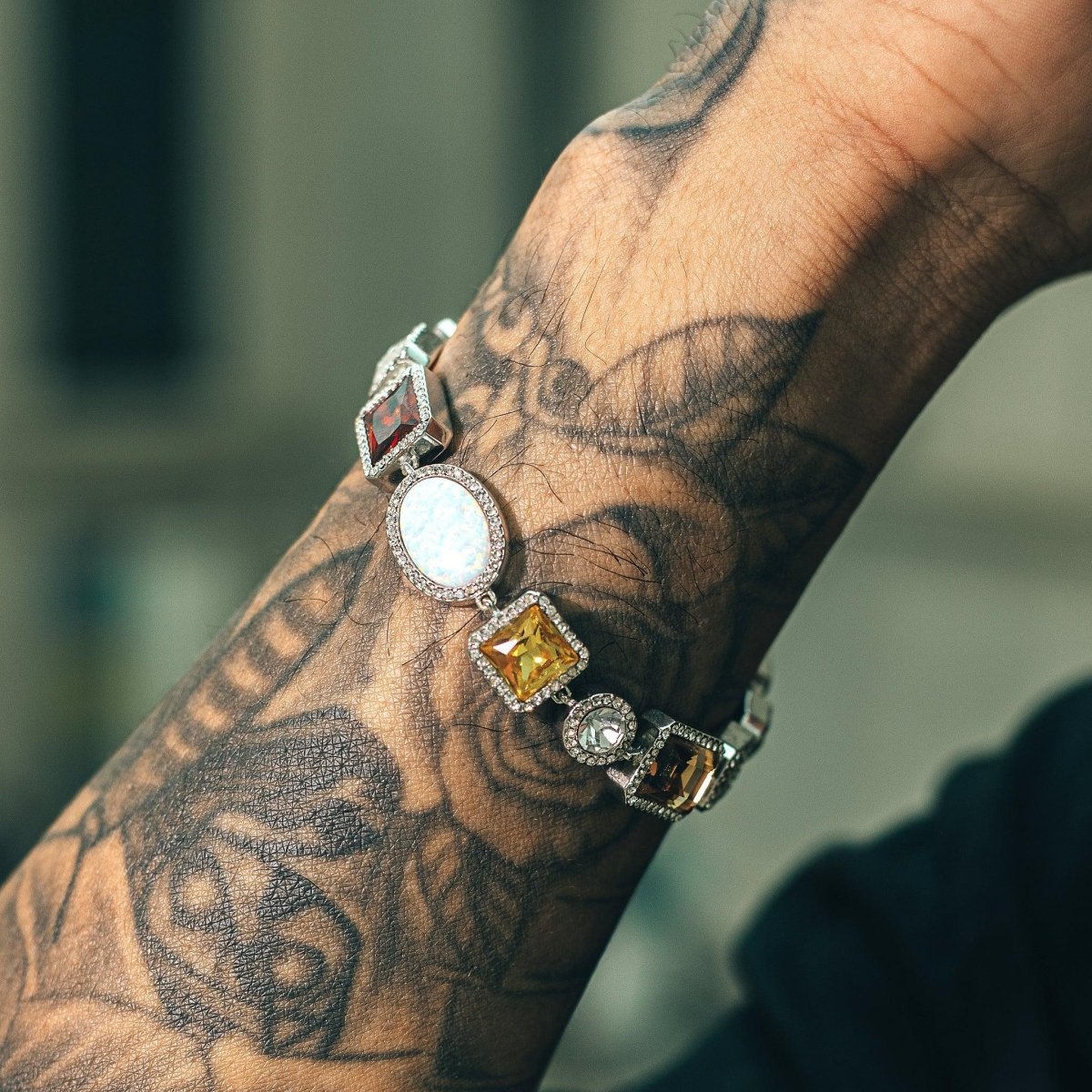
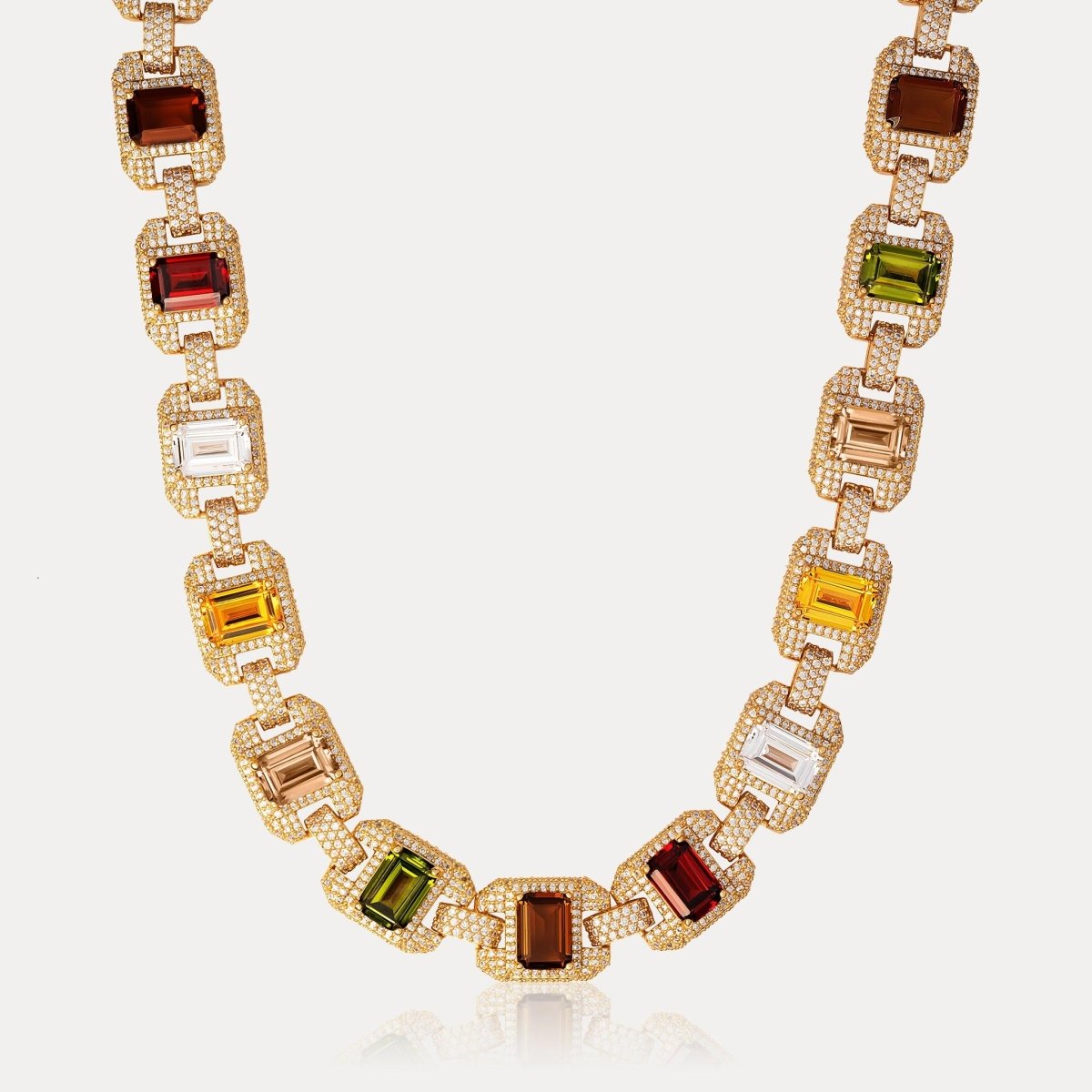



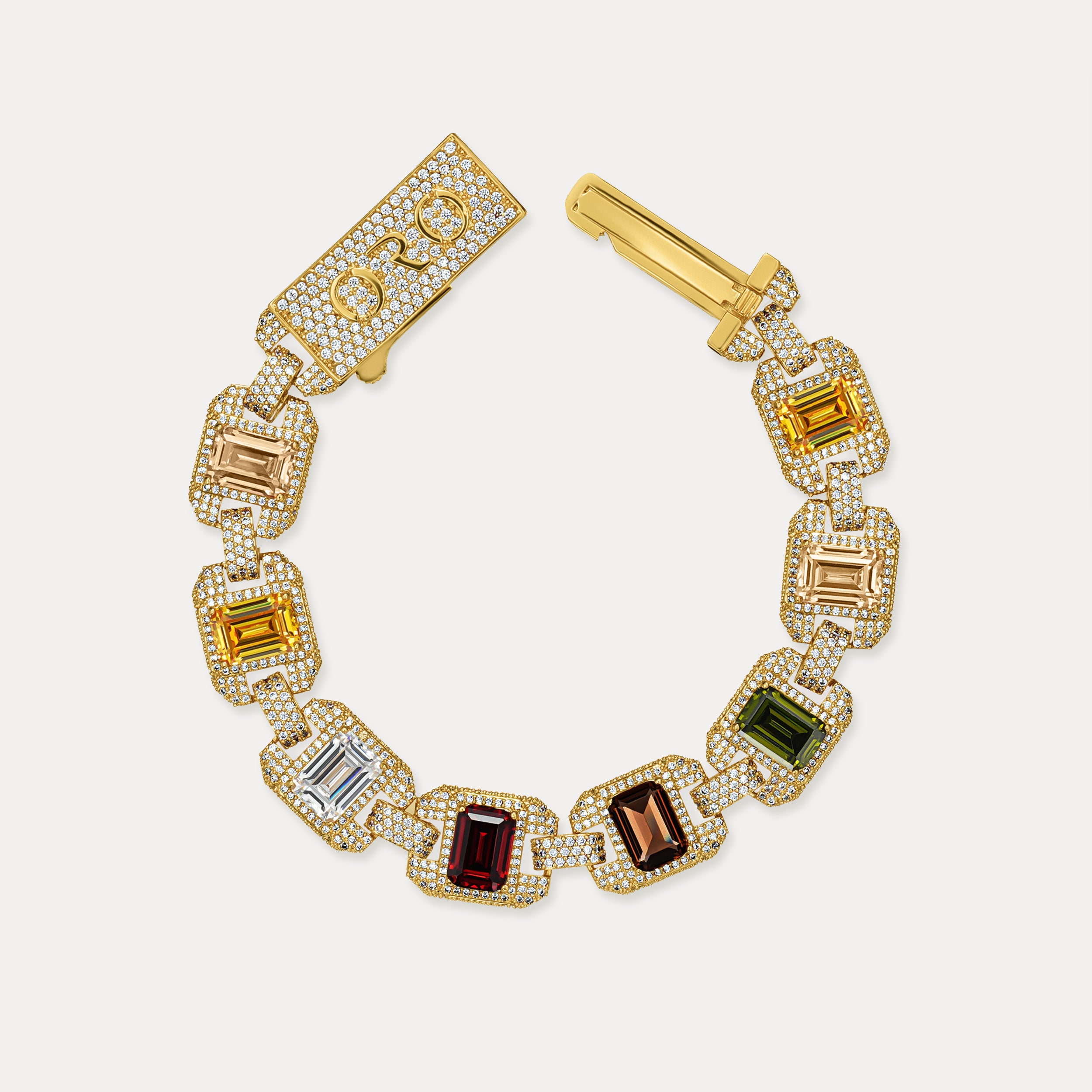












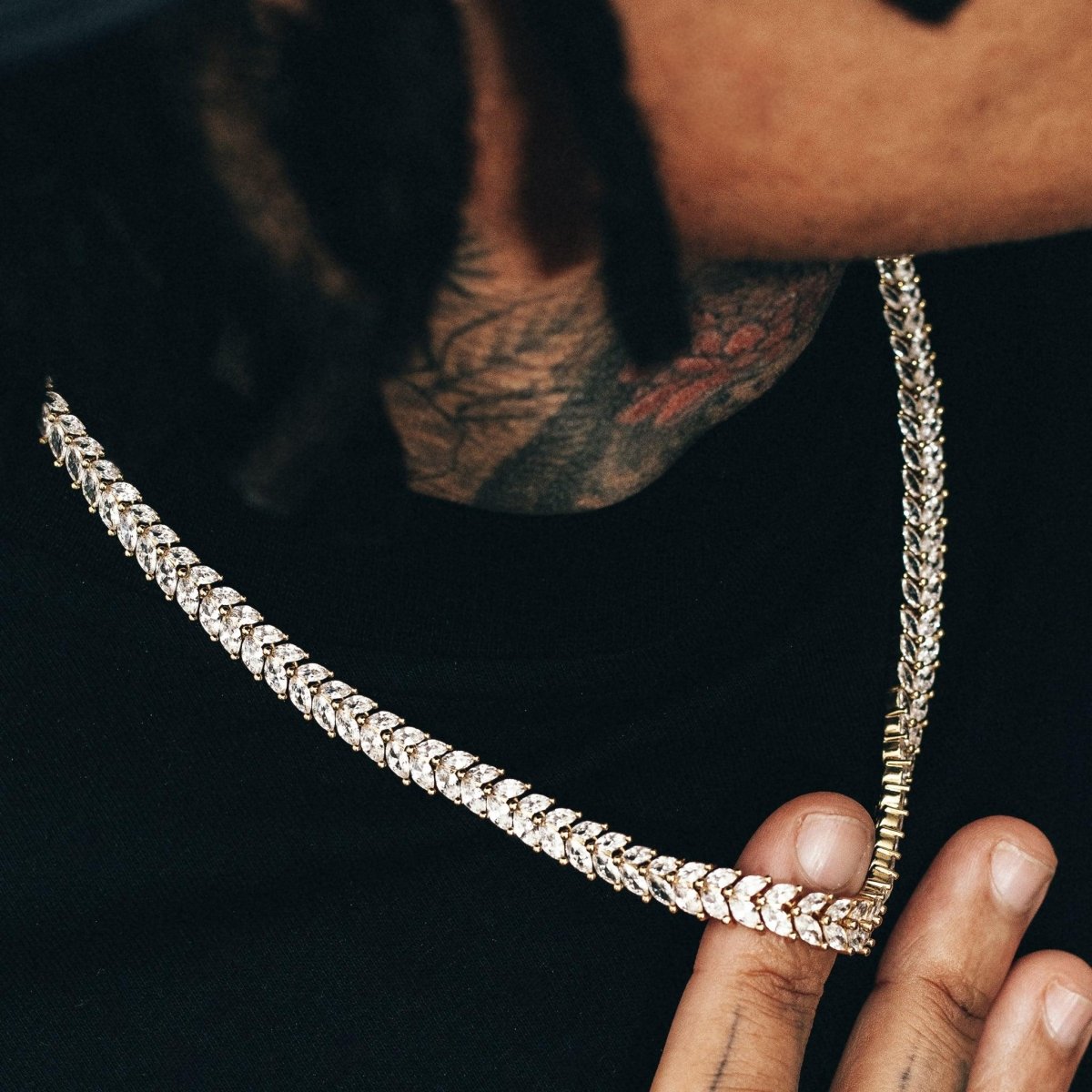






Leave a comment
This site is protected by hCaptcha and the hCaptcha Privacy Policy and Terms of Service apply.